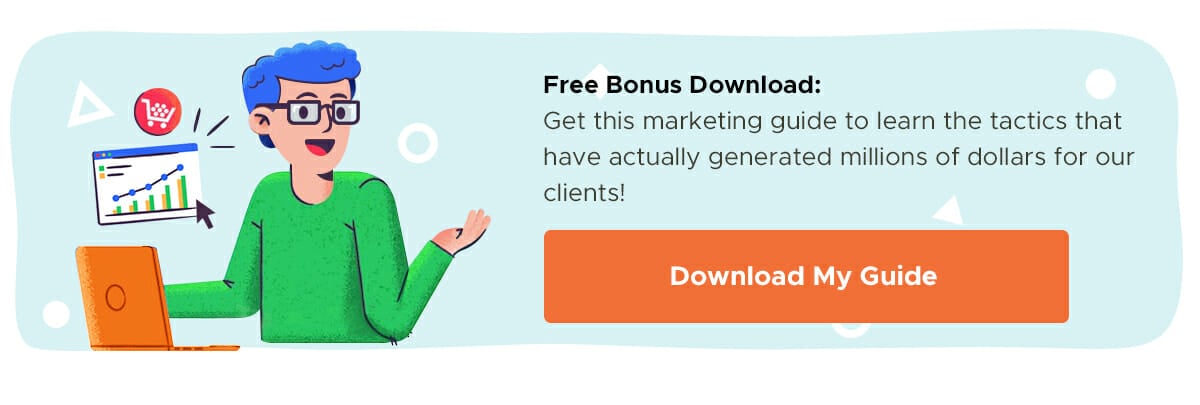About 10% of all messages I get through the contact form of my site express a passionate interest in “going viral.” Whether they want me to write the first ever blog post for their site that is so popular it’s syndicated on major publications all over the world or a video script that gets millions of social shares, it’s a common request.
Normally, I tell these people “sorry, most marketing campaigns don’t work like that.” Going viral, after all, is never a guarantee and it’s certainly not a likely event for most businesses. Trying to spend a lot of time creating viral campaigns by being edgy or controversial can even backfire on brands who get so caught up in rapid expansion they forget to nurture the relationships they already have.
Buzz marketing, however, is as close as you can get to trying to create viral content, but it’s more reliable and typically has longer-lasting benefits than a single campaign that goes boom. It’s all about generating hype and conversation around something that you’re doing.
In this post, we’re going to go over everything you need to know about buzz marketing – including when to use it, how to structure your campaigns, and what you can do to maximize results.
So What Exactly Is Buzz Marketing?
Buzz marketing is all about trying to leverage word-of-mouth marketing to work in your favor, creating something interesting or useful enough that you get people talking about it and sharing it on their own. While most buzz campaigns don’t exactly “go viral,” this is about as close as plenty of businesses will get. Many successful campaigns will typically take on a life of their own to a certain extent, so that you won’t necessarily need ongoing marketing to keep them alive.
Buzz marketing isn’t something that you can force, so it takes some time and luck to get going. That being said, if it works for you, it’s often exceptionally effective. Word-of-mouth marketing is one of the best ways to attract new customers your way, because it’s organic, authentic and oh so effective.
We trust our peers – even if we don’t know them (i.e. social proof) – much more than we trust what a brand’s copywriters have to say about the products or services. This is evident in the power of online reviews; one survey found that 88% of participants trust online reviews as much as recommendations from a friend or family member, which they trust 92% more than they trust advertisements.
If we have a friend or someone we trust enough to follow on social media saying “This is great, you need to see this,” we’re a lot more likely to pay attention. We’re also a lot more likely to take it seriously and really want it to be great, which may be part of the reason that:
- clients who are referred to you by other customers are 4x more likely to purchase than someone who comes across your brand in other methods
- the lifetime value of a referred customer is 24% higher than that of other customers
- 85% of fans of brands on Facebook recommend brands to others
- 81% of consumers’ purchase decisions are influenced by their friends’ social media posts
Dive Deeper:
- Word-of-Mouth Marketing — What Is It and How Do You Do It?
- How Artificial Intelligence Is Transforming Influencer Marketing
- How Mixmax Acquired 5,000+ Customers Via Word of Mouth and Has a 20% Growth Rate
How Buzz Marketing Can Backfire
Buzz marketing is about getting other people to take some of the burden of marketing off your shoulders. This is a good thing – most of the time. Unfortunately, buzz marketing can backfire on your brand and your business can end up the talk of the town in a less than ideal way.
This most often happens when brands take a big swing at controversial topics, trying to get themselves noticed and be seen as original thought leaders. If they can’t back up their claims, however, or can’t fully defend their reasoning, they’ll likely face backlash and lose credibility instead of gain it. And if you end up being outright offensive – whether it’s intentional or not – you’ll definitely see some backlash.
Additionally, buzz marketing can backfire when all the hype doesn’t live up to the reality. If you want an extreme example of this, look no further than the Fyre Festival, which turned out to be all bark and no bite. People were stranded on an island with limited (if any) shelter and food after being promised the biggest music festival experience ever. They were sorely disappointed:
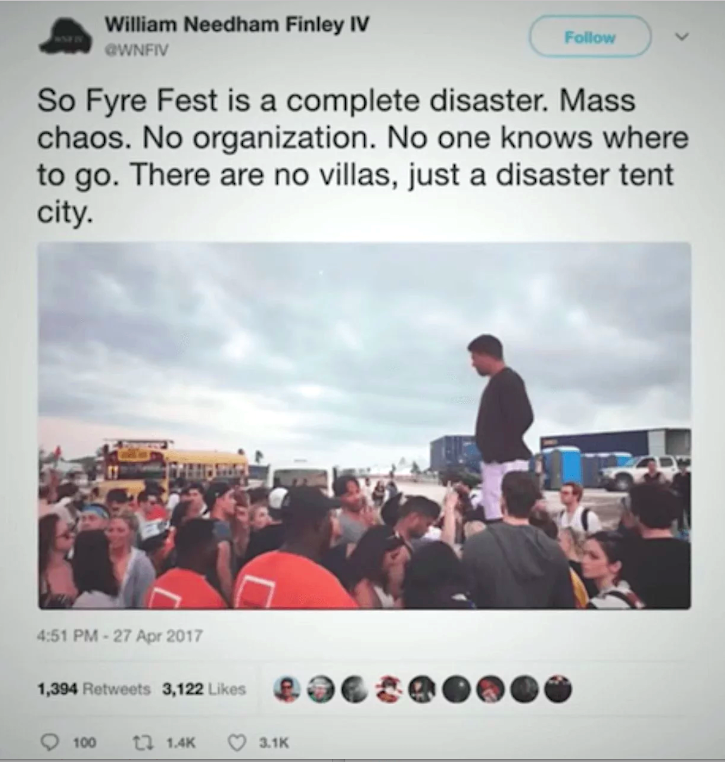
In order to prevent a campaign that backfires on you, just make sure that you can back up what you’re claiming, whether it’s an opinion or a promise of what’s in store for customers in their experience with you. As long as you can deliver and you’re not hurting or taking advantage of someone in the process, you should be ok.
What Makes a Buzz Marketing Campaign Effective
Super Bowl commercials are the ultimate example of effective buzz marketing campaigns. They have plenty of visibility, which certainly helps, but they leverage creativity, humor and emotional appeal to spark interest in their audience and hopefully generate discussion. Last year’s “It’s a Tide Ad,” for example, was so popular that memes are still circling online and keeping the brand relevant in conversations:
Substance is going to be the biggest factor in whether or not your campaign has buzz potential. People typically won’t get invested in something that feels a little shallow. They want something new and interesting and that genuinely engages them in some way. This can be a contest or a new product or even just a great blog post that offers value in information or opinion.
Before you start creating your campaign, think about what makes you want to talk about something and feel like you need to send it to your friends, colleagues or family.
Dive Deeper:
- 13 Best Super Bowl Ads of all Time: What Your Business Can Learn from Them
- 30 Winning Facebook Ads and Why They’re so Effective
5 Notable Buzz Marketing Appeals
Buzz marketing campaigns can take all shapes and forms, especially if they’re combined with guerilla-marketing strategies. This means that your campaigns can utilize a number of different appeals to engage your audience and help your campaign catch your users’ attention.
There are five popular buzz marketing appeals that can work well for brands of all sizes:
The Inspirational
Everyone loves a little feel-good action, so campaigns that involve some aspect of motivation or inspiration can take off quickly and be shared again and again. Last year, for example, Nike signed a three-year running contract with Justin Gallegos, who happens to have cerebral palsy. Nike got a ton of press and attention, with users praising the brand.
The Inclusive
Right now, there’s a bigger push than ever before for brands, products and services that are accessible to more people. Considering that more than 7 in 10 Millennials look at a brand’s impact and values before making a purchase, it’s not hard to see why more brands are making a shift.
Bra company ThirdLove has made major waves and was able to generate enormous word-of-mouth marketing by running campaigns focusing on inclusivity. They were not only one of the first companies to offer products for people of all shapes, skin tones and sizes, but also one of the first to openly celebrate those differences. It’s now one of the most well-known and highest-regarded brands in the industry, even though they only launched recently.
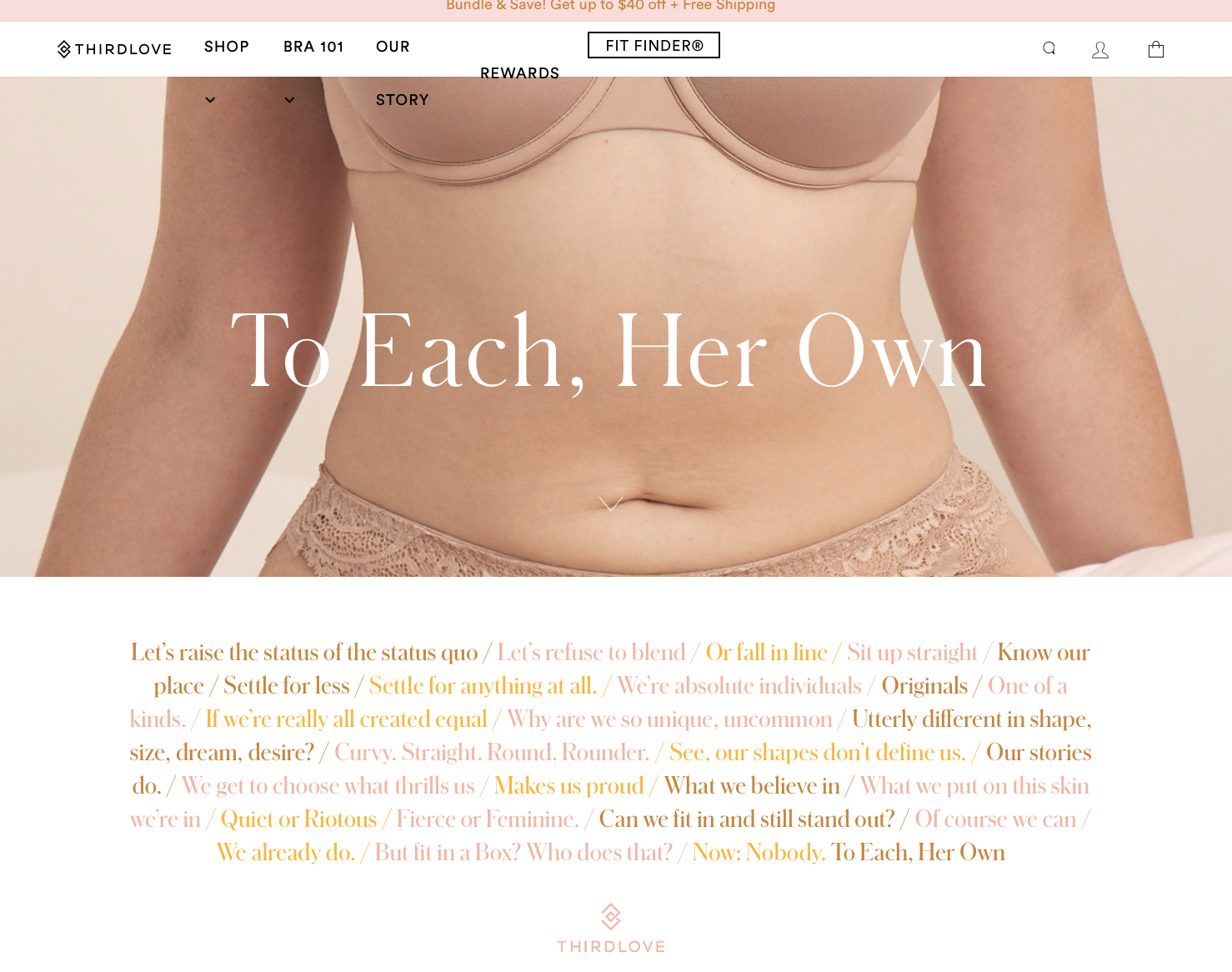
One of Microsoft’s recent ad campaigns touched on this, too. They were able to show how they’re working to create controllers for people with physical restrictions and disabilities so that they’re able to join in the gaming fun, too. This can be a fine line, because you should never use people with disabilities as a prop for your brand, but celebrating inclusivity can work well for you if it feels authentic.
The Hilarious
This will typically refer to the marketing campaign itself and not so much the product, but that’s enough to keep people talking about your brand. Think about “It’s a Tide Ad,” which people are still talking about, or the original Old Spice campaigns that are more than ten years old but still talked about today. Even Delta’s safety videos are a great example of this; I’ve seen them shared in my feeds multiple times, and they use a not-so-subtle but friendly sense of humor to keep viewers engaged.
The Controversial
You have to be careful with this one, but it can work. Offering a hot take in the form of an opinionated article or blog post can generate buzz around your brand or you specifically, which can help establish thought leadership. Make sure that when you’re using this strategy, you won’t offend anyone based on their identity or morals and that you stick to claims you can back up or explain.
Michael Stelzner caused a huge online stir, for example, when he created a video talking about what he dubbed “The Facebook Apocalypse.” While it wasn’t quite the apocalypse that was predicted, in my opinion (though things certainly have changed significantly and not for the better), it generated a ton of interest online. It got backlinks like crazy and I saw it shared so many times I probably could have recited some of it from memory.
Dive Deeper:
- 16 Branding Trends to Increase Awareness in 2019
- Putting Together a Social Media Team for Your Brand
- 10-Step Checklist to Digital Branding for SMBs
- 30 Brands with the Best Digital Marketing Campaigns
The Exciting
People want to talk about what naturally excites them, because excitement gets the blood pumping and keeps something relevant and at the forefront of our minds. Even smaller brands who use contests with great prizes to generate some attention and hype around their brand can get people talking about their business, as long as they’re excited about what’s in it for them. Wendy’s, for example, uses a sharp wit and sense of humor to roast their competitors and gain a ton of national attention:
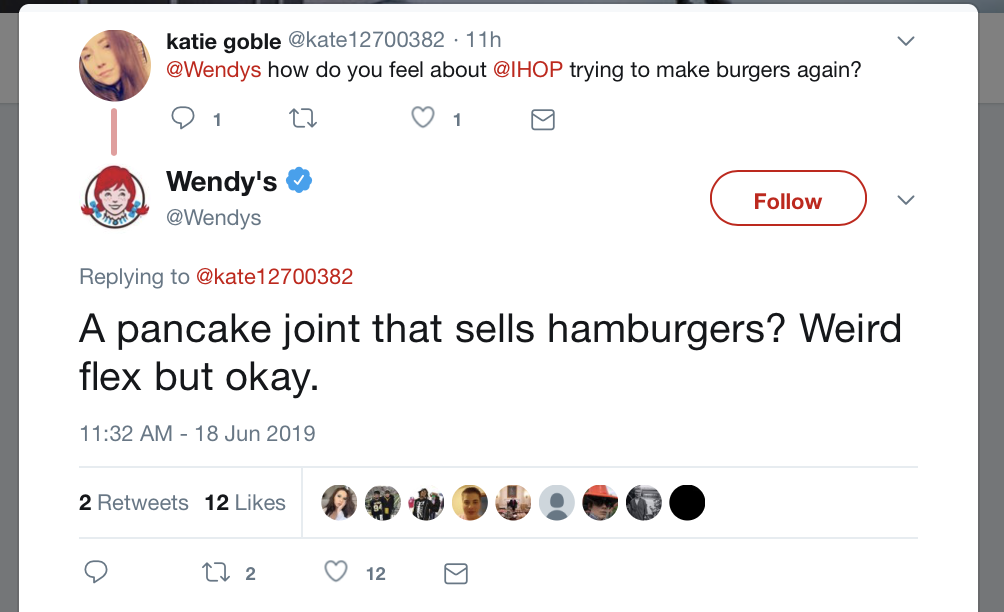
4 Ways to Kick Off Successful Buzz Marketing Campaign
Now that we’ve seen five different buzz marketing appeals, we’re going to look at four different ways you can kick off a buzz marketing campaign and help it start to get the traction it needs. Consider using a combination of these strategies to get your campaign maximum visibility within your target audience.
1) Reach Out to Influencers and Brand Ambassadors
Influencers will help your campaign gain visibility quickly. Micro-influencers, ironically enough, may be better here, because they’re often more trusted by niche audiences than larger influencers are. Evergreen Profits, for example, regularly writes blog posts about tools that help them create great content, which often results in their loyal readership to purchase the tools themselves: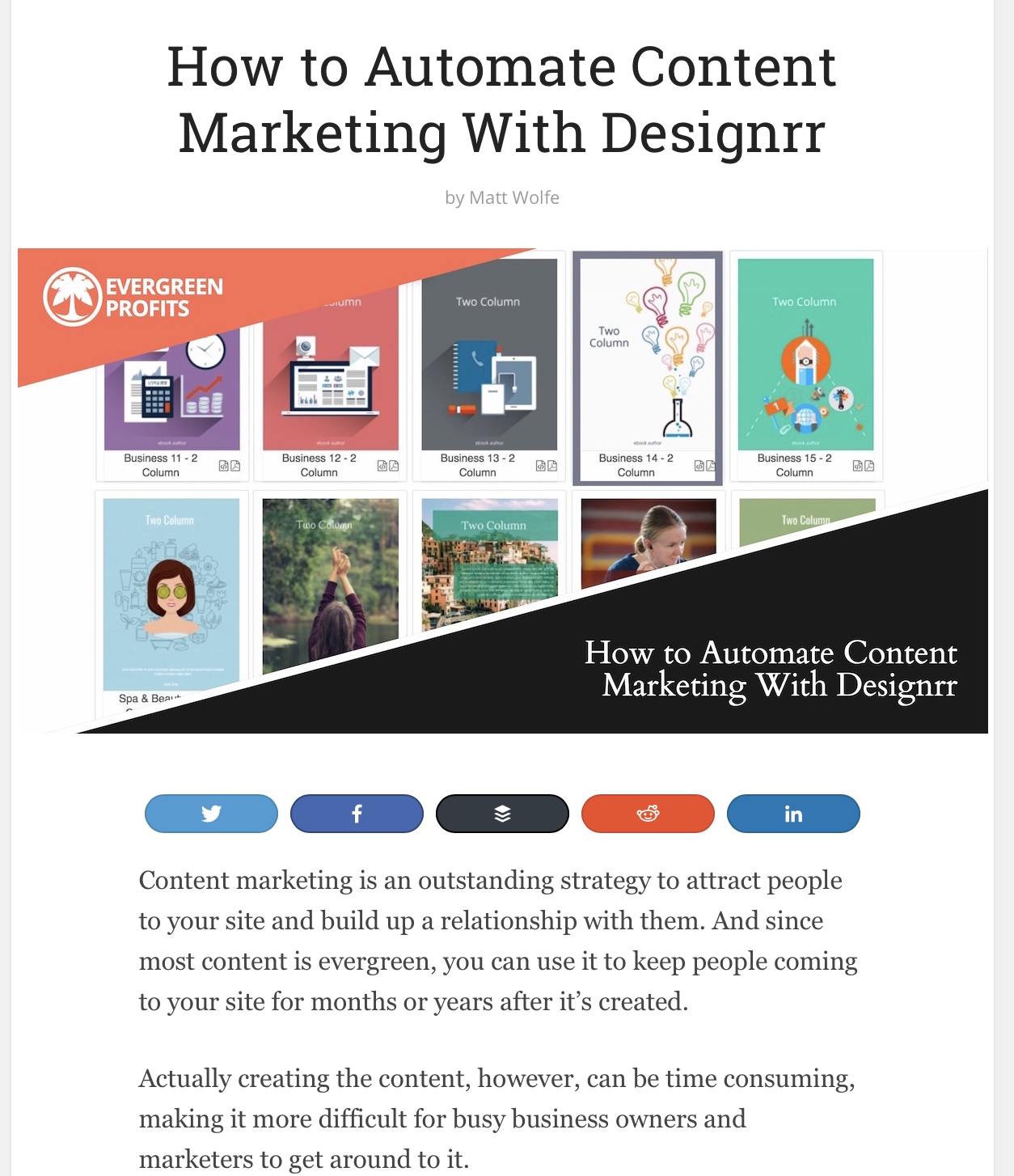
You should also reach out to your brand ambassadors. Even if you don’t have an official program, get in touch with your most enthusiastic and vocal customers, especially those who have left glowing reviews. Offer them a discount, free product or exclusive access and ask them to share some info with people who they think would appreciate it. You can pay them outright, but you don’t have to.
Dive Deeper:
- How to Grow Your Business With Influencer Marketing and Brand Partnerships
- 11 Facts You Should Know About B2B Influencer Marketing
- How to Reinforce Your Customer Acquisition Strategy with Influencer Marketing
2) Share It on Social
Launch your campaign on social media, ideally using a series of video campaigns to draw attention and get users engaged. Share it on each individual platform, updating the text and/or images to match each site as needed. You should also share it on your site, if possible, and in an email campaign.
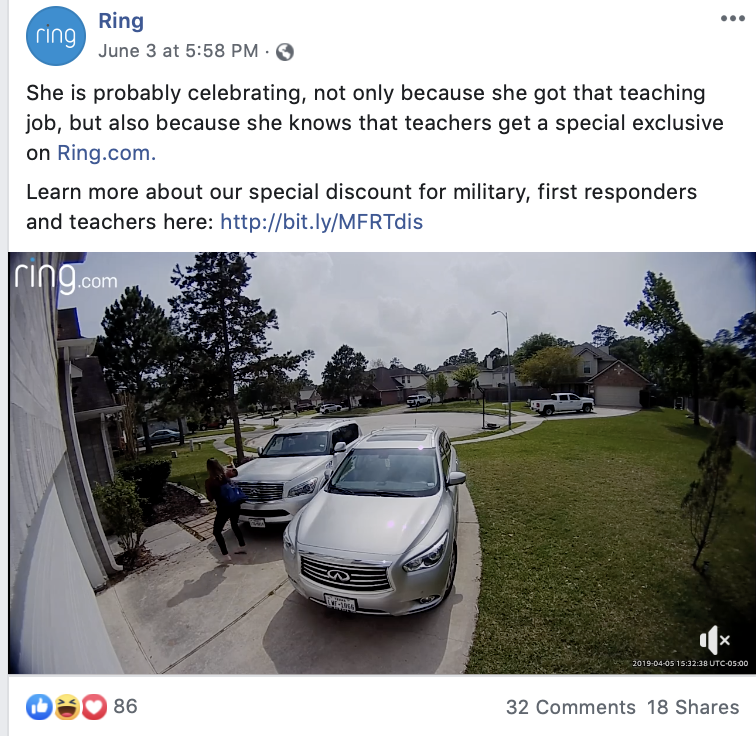
3) Use PPC Campaigns to Expand Reach
PPC campaigns will help you scale your reach very, very quickly, allowing you to show your campaign to as big of an audience as your budget allows. Opt for brand awareness campaigns and consider using discovery, display-ad platforms like Facebook Ads and Google’s Display Network to help you reach niche cold audiences even if they’ve never heard of you.
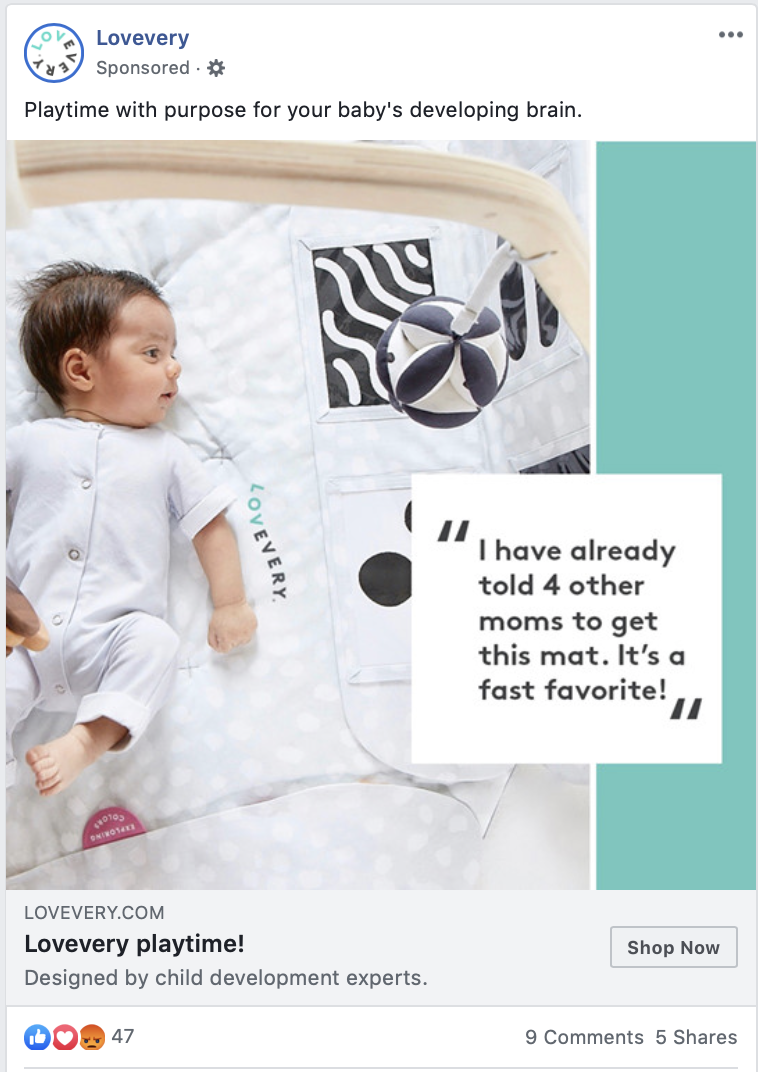
Dive Deeper:
- 5 Ways PPC Will Change in 2019 and How You Can Prepare for It
- 5 Great PPC Tools to Crush Your Competitors
- 5 SEO Tips You Need to Know to Succeed in Your PPC Campaign
4) Launch a Referral Program
If the idea is to get attention on your brand or service instead of a specific marketing campaign, consider starting up a referral program. Incentives like discounts, free swag, access to exclusive sales or even social recognition could motivate your customers to tell their friends about your brand, turning them into low-key brand ambassadors. This will help you get the word out quickly.
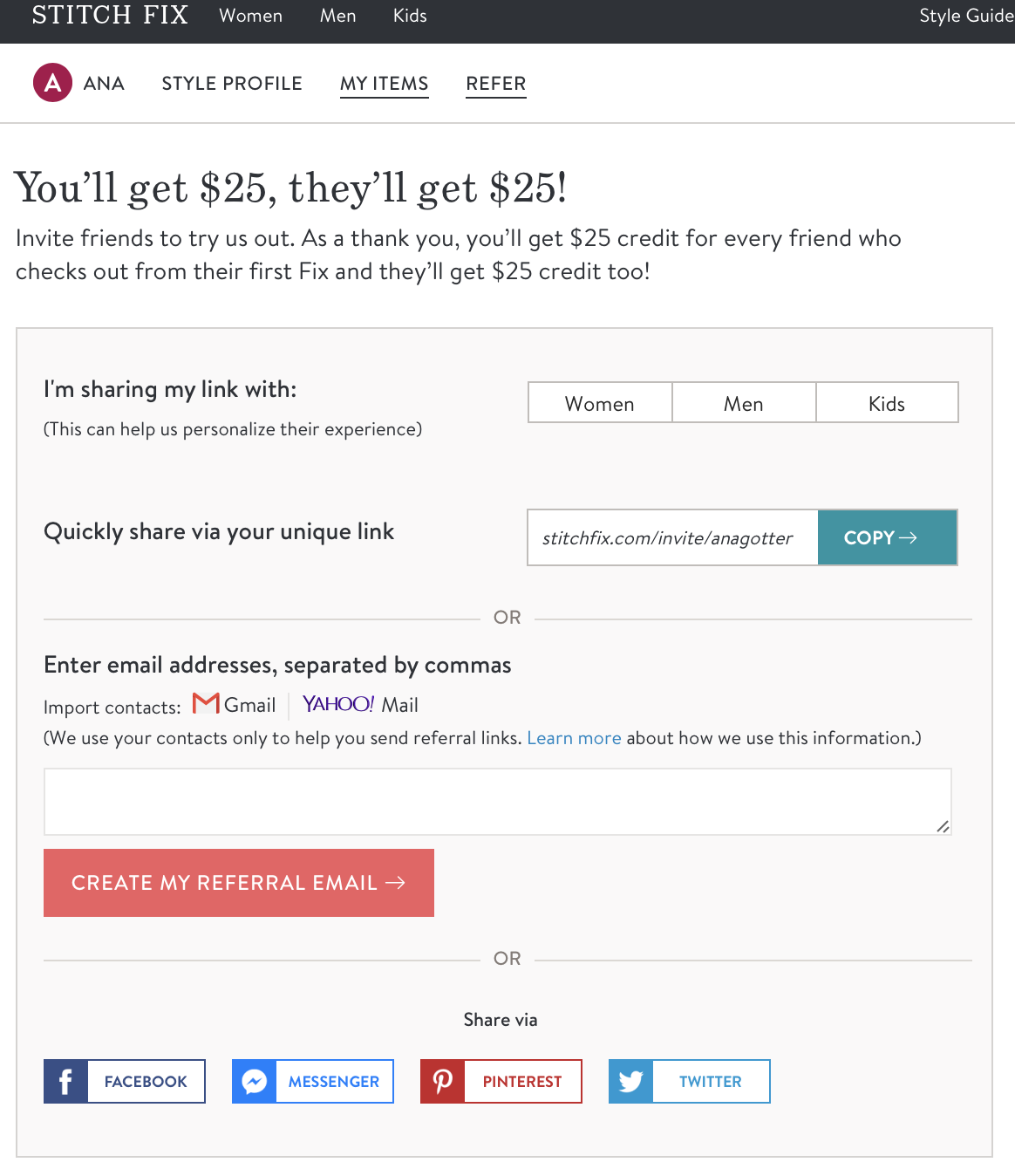
Conclusion
Buzz marketing can be frustrating when you’re struggling to get things going, but if it ever picks up it can definitely be worthwhile. Remember that this isn’t the most reliable strategy, because there’s not much you can do to incentivize users from discussing your brand or content or product with other people. But with a great brand, a great product, and a smart marketing message, you should be able to generate some excitement and word-of-mouth marketing around your brand.
There are two important parts that are necessary for buzz campaign success:
- Starting with a great appeal that will engage your audience
- Putting the right strategies in place to get the word out
If you focus on these two pillars, you’ll be much better off and your campaigns will hopefully start to pick up steam soon.
Learn More: How to Choose the Best Digital Marketing Agency for Your Business in 2019
